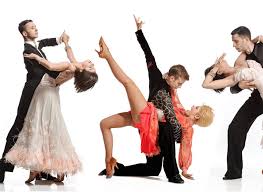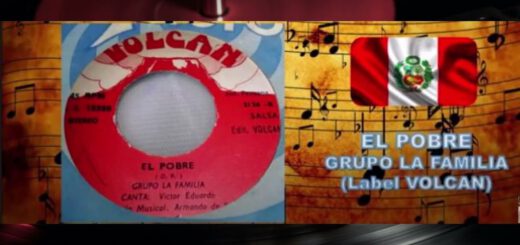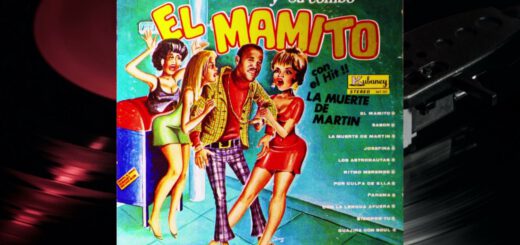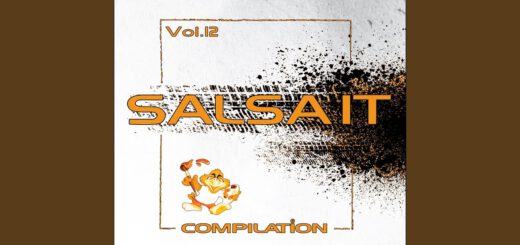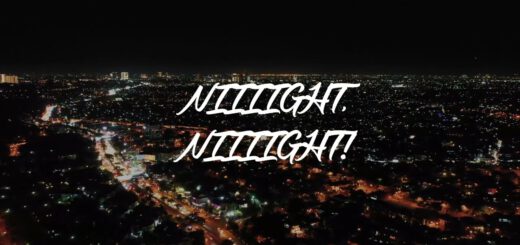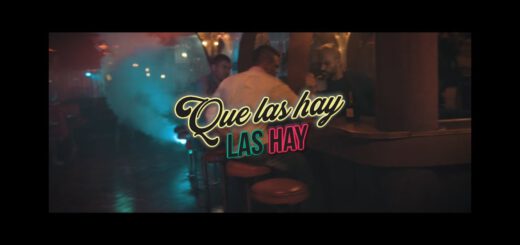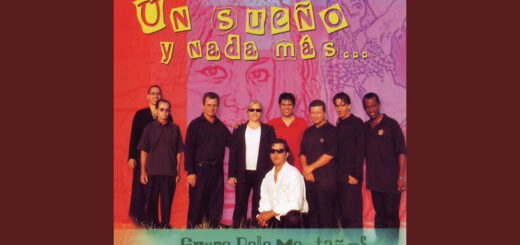Discover the Rumba Dance
History of the Rumba
The Rumba, like the well-known Tango, has a strong Latin American influence. In the early part of the 20th century the Rumba was without a doubt the most popular Latin Dance to hit North America. A flamboyant Cuban dance it really hit its stride in the late 1920’s.
The European powers who first colonized South America (Spain, Portugal, France, England) all imported slaves to do the back-breaking work they didn’t want to do. These slaves brought with them the Rumba. It was a combination of African and Caribbean rhythms brought together in a very sensuous dance. To aggressive and arousing music the woman would perform sinuous movements of the hips, torso and shoulders while the man tried to respond. To truly know and perform the dance you would have had to literally grow up with the style and rhythms. You would also need to be quite uninhibited and free. Since so few people could perform the original dance, a slower more romantic version emerged. This newer version was seen as more sentimental and classy while the first was viewed as low and base.
A Rumba Revival
Although the Caribbean sound was popular through the 1950’s, the practice of the Rumba eventually started to wan. For decades it was mainly used in dance competitions. In the 21st century because of widely watched TV shows and movies, Ballroom Dance has seen a revival, bringing the Rumba along. While not as well-known as the more widely acclaimed Tango, Cha-Cha and Salsa dances, the Rumba has slowly been gaining more fans as Ballroom Dance in general becomes the rage once again.

